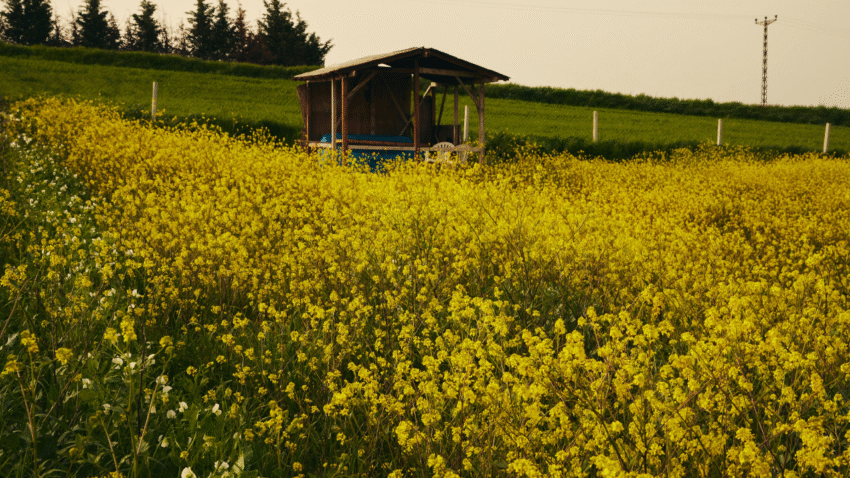Introduction
A lean-to shed addition is a simple and cost-effective way to expand your existing shed’s storage space. By adding a roofed extension to the side or back of your shed, you can store firewood, lawn equipment, or garden tools while keeping them protected from the elements. Many shed owners hesitate to start this project because they’re unsure of the proper steps to ensure stability and weather resistance. This guide will show you how to build a lean-to shed addition safely and effectively.
Why a Lean-To Shed Addition Matters
Adding a lean-to extension is one of the easiest ways to increase storage without building an entirely new shed. It provides covered space for bulky items, firewood, or outdoor tools while protecting them from rain and sun. A well-built lean-to also prevents clutter inside the main shed and improves overall functionality. Because the structure is attached to your existing shed, it requires fewer materials and less time to build than a standalone shed.
Step-by-Step Guide to Building a Lean-To Shed Addition
1. Plan Your Lean-To Size and Location
Decide where the addition will go—most people attach it to the side or back of the shed. Measure the available space and determine how wide, long, and tall you want the lean-to to be.
2. Check Local Codes and Permits
Before starting construction, verify whether your area requires a permit. Some local councils have restrictions on structures attached to existing buildings.
3. Gather Tools and Materials
You’ll typically need pressure-treated lumber for posts and beams, plywood or metal for the roof, roofing shingles or panels, screws, nails, concrete for footings, and tools like a circular saw, drill, level, and measuring tape.
4. Prepare the Ground
Clear and level the area where the lean-to will be built. If you want a flooring base, lay gravel or concrete pavers to prevent water pooling.
5. Install Support Posts
Mark post locations and dig holes 18–24 inches deep. Set the posts in concrete and ensure they are plumb and aligned with the shed.
6. Attach a Ledger Board to the Shed
Secure a horizontal ledger board to the shed wall where the lean-to rafters will connect. Make sure it is level and fastened with strong lag bolts.
7. Build the Roof Frame
Attach a beam to the top of the posts opposite the shed. Cut and install rafters between the ledger board and the beam, maintaining a slight roof pitch for water runoff.
8. Add Roofing Material
Cover the rafters with plywood or metal sheeting, then install roofing felt or underlayment. Finish with shingles or metal panels to match your shed roof.
9. Add Side Walls (Optional)
If you want extra protection, frame and attach partial or full walls to the lean-to structure. Cover with siding that matches your shed.
10. Finish and Seal
Paint or stain any exposed wood, and seal joints to prevent water leaks where the lean-to connects to the shed.
Common Mistakes to Avoid
- Mistake 1: Not securing posts properly.
Solution: Use concrete footings for stable, long-lasting support. - Mistake 2: Building without enough roof pitch.
Solution: Ensure at least a 3:12 pitch for proper water runoff. - Mistake 3: Failing to flash and seal the connection point.
Solution: Use flashing and sealant where the lean-to roof meets the shed wall to prevent leaks. - Mistake 4: Using untreated lumber.
Solution: Always use pressure-treated wood to prevent rot and insect damage. - Mistake 5: Skipping permits.
Solution: Check local regulations before building to avoid fines or forced removal.
Extra Shed Tips & Hacks
- Match your lean-to roofing and siding to the existing shed for a seamless look.
- Install hooks or shelves under the lean-to roof for extra storage.
- For firewood storage, leave one side open for better airflow to keep wood dry.
Check out our guide on how to add a porch or overhang to a shed for another great way to expand shed functionality.
Conclusion
Building a lean-to shed addition is an affordable and practical way to expand your storage space without constructing a new building. By planning carefully, securing posts properly, and matching your shed’s materials, you’ll create a durable and attractive extension that enhances your backyard.
Bookmark this guide to reference for your next shed upgrade project!
